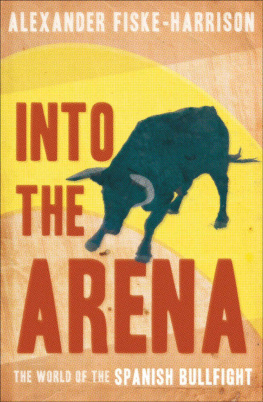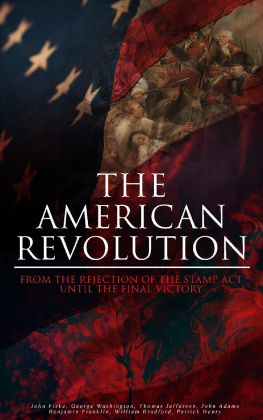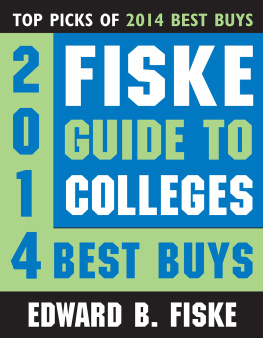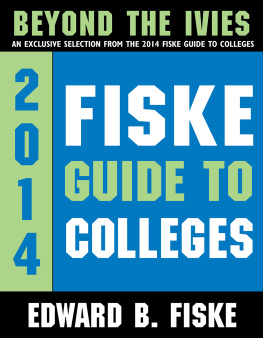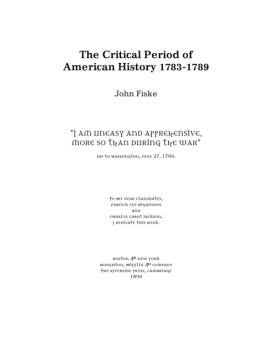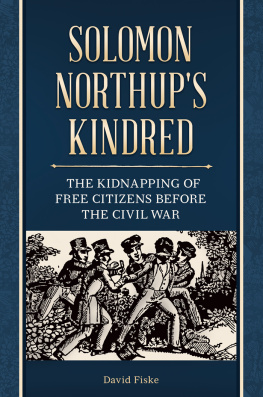INTO THE ARENA
The bullfighter-philosopher John-Paul Flintoff, The Times.
Whether or not the artistic quality of the bullfight outweighs the moral question of the animals suffering is something that each person must decide for themselves as they must decide whether the taste of a steak justifies the death of a cow. But if we ignore the possibility that one does outweigh the other, we fall foul of the charge of self-deceit and incoherence in our dealings with animals. Alexander Fiske-Harrison, Prospect
It is one of the best pieces ever written on the subject. An almost literally terrific piece of work. Frederick Raphael.
ALEXANDER FISKE-HARRISON was born in 1976 and is an English writer and actor. He studied biology and then philosophy at the universities of Oxford and London and trained in acting at the Stella Adler Conservatory in New York. He writes for The Times, Financial Times, Times Literary Supplement and Prospect magazine. He wrote, and acted in, The Pendulum which debuted in Londons West End in 2008.
INTO THE ARENA
The world of the Spanish bullfight
ALEXANDER FISKE-HARRISON

First published in Great Britain in 2011 by
PROFILE BOOKS LTD
3A Exmouth House
Pine Street
London EC1R 0JH
www.profilebooks.com
Copyright Alexander Fiske-Harrison, 2011
10 9 8 7 6 5 4 3 2 1
Typeset in Stone Serif by MacGuru Ltd
info@macguru.org.uk
Printed and bound in Great Britain by
Clays, Bungay, Suffolk The moral right of the author has been asserted.
All rights reserved. Without limiting the rights under copyright reserved above, no part of this publication may be reproduced, stored or introduced into a retrieval system, or transmitted, in any form or by any means (electronic, mechanical, photocopying, recording or otherwise), without the prior written permission of both the copyright owner and the publisher of this book.
A CIP catalogue record for this book is available from the British Library.
ISBN 978 1 84668 335 0
eISBN 978 1 84765 429 8
The paper this book is printed on is certified by the 1996 Forest Stewardship Council A.C. (FSC). It is ancient-forest friendly. The printer holds FSC chain of custody SGS-COC-2061.

Contents
Ser un torero es como hablar con Dios
[To be a bullfighter is like talking to God]
Eduardo Dvila Miura (matador) En el mundo de los toros, el nico que tiene vergenza es el toro
[In the world of bullfighting, the only one with a sense of shame is the bull]
Curro Snchez (flamenco singer)
PROLOGUE
La larga cambiada a portagayola
The kneeling matador greets the charging bull with the cape at the Gates of Fear.
David Fandila Marn El Fandi walked across the sand with 14,000 pairs of eyes watching him, weighing him. This was his first visit to the most judgemental bullring in Spain, La Plaza de Toros de la Real Maestranza de Sevilla, the oldest of the great rings. Madrid is the head of the bullfighting world, where money is aggregated and policy decided, but its heart is in Seville. This is where it was born, among the pastures where the bulls are created. Not only have the aficionados here seen more fights than their urban cousins in the north, but many have stepped into a ring themselves, even if only on a ranch with a 250lb cow. For this reason they dont easily accept the elegant safety of caping to the furthest horn to keep the animal distant, or the showy trickery of leaning in after the horn points have passed so the bulls body brushes the mans without risk. The 250-year-old stones of this ring always demand truth, even if the price is a human life. As it was for the thirty-three-year-old Valencian Manolo Montili, who died on that same sand eight summers before. The footage is there on the internet for all to see, his body lifted clear of the ground by the 1,320lb might of the bull Cabatisto, the animals left horn a foot deep in his chest. As the attending surgeon described it with chilling poetry, his heart was opened like a book.
Fandi was only nineteen and still a novillero, a novice matador, but he seemed supremely confident and oblivious to the June Andalusian sun hammering down on him as he crossed the line of shade on to the sunny side of the ring. Despite the 10lb of tightly-cut scarlet silk and gold braid on his body and the 15lb of compressed magenta and yellow cotton in his hands, he moved lightly on his feet until he was directly in front of the door through which the bull would enter. To the delight of the crowd, he dropped to his knees before these Gates of Fear and began to spread the cape out over his thighs. He was to open with la larga cambiada a portagayola, the long exchange at the cage-door.
His only thoughts were now about the animal: what were this ones strengths and weaknesses? How was its stamina and speed? Was it left-horned or right? Would it attack into his territory or merely defend its own? Most importantly, how would it respond to this bravura opening manoeuvre? Yes, it might impress even this jaded audience, but on the other hand, Franco Cardeo, a more experienced bullfighter who had tried this same manoeuvre in the same spot three years before, had ended his career serving in a bar named Portagayola for that very reason only 400 yards away, with half his face crushed. And he was lucky to walk or rather, be carried away with only that. Fandi carefully smoothed out the creases in the compressed fabric of the cape. When the cloth flew, it had to fly true or he would die there on his knees.
The gate was opened before him by Manolo Artero, a stout middle-aged man, who shouted to the rustling crowd the words he had shouted for thirty years: Silence! A man risks his life here today. As Fandis sun-blinded eyes stared into the darkness he heard the distant protest of heavy steel bolts sliding into their housings, followed by muffled shouting and the hollow sound of unshod hooves skittering on concrete. Then came the dull crash of horns against steel. The sounds repeated closer as further doors were opened, followed by more crashes. Then, from within the darkness, came a rearing, jolting black head, eyes focused, nostrils flaring, ears forward, a foot and a half of horns tapering to fine points above it. And behind it came a half-ton of pulsing muscle propelling it at a steady twenty-five miles an hour. The heightened senses of the bull perceived him as an immediate threat in a totally unknown world of smell, sound and colour. It arched its neck to aim its long horns and accelerated hard.
Fandi pulled the cape up in a single long smooth movement so it swung out in front of the speeding animals eyes, catching their attention, and then spun out to the side of his head. Distracted by this extension of the creature it wished to destroy, the bull deviated mid-charge and dived after the movement. As its horn struck the cloth mid-air, it discovered there was no substance there, no satisfying penetration to confirm its dominance. As for Fandi, all he saw was the long horns, the striving head, the massive neck and shoulders, and the long driving flanks sailing by him.
He smiled. Then he stood up.

This was the first encounter between a bull and a man I ever saw, on 14 May 2000. That spring was my first visit to Spain, and at the time I was a twenty-three-year-old postgraduate philosophy student at the London School of Economics. I was on holiday in Seville with my family. My parents, who had seen a few bullfights over the years, including the phenomenon that was El Cordobs in the 1970s, decided it would be an interesting afternoon for the family. They said it could be cruel and it could be beautiful and that you had to make up your own mind. The other person present, my older brother, had just spent the day arguing with me about foxhunting. He is an ex-Army officer and investment banker. I was a member of the World Wildlife Fund and Greenpeace and had studied as an undergraduate with the wildlife biologist Malcolm Coe at Oxford. You can imagine the difference in perspective. The irony of that being my only other memory of the visit is not lost on me.
Next page
